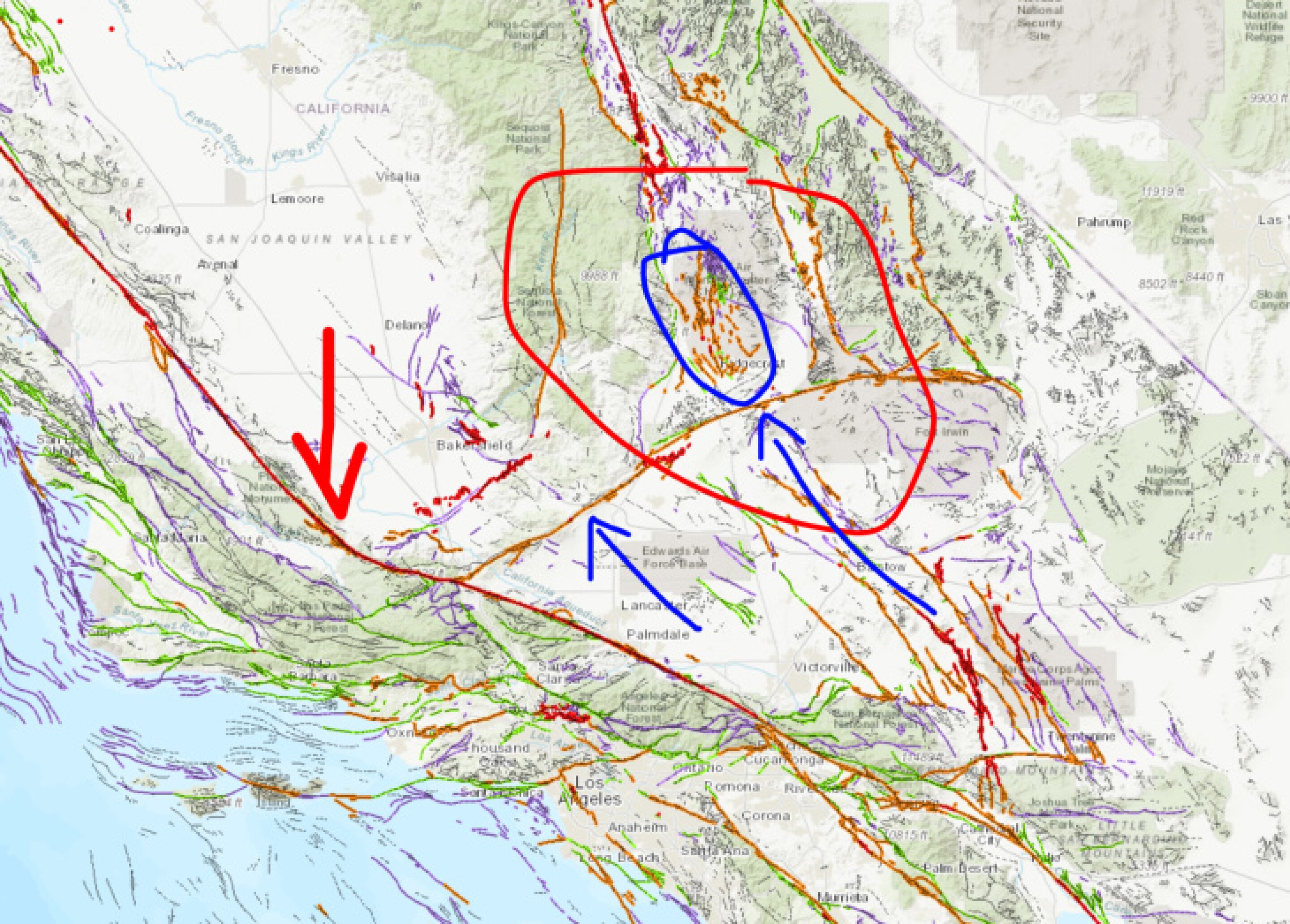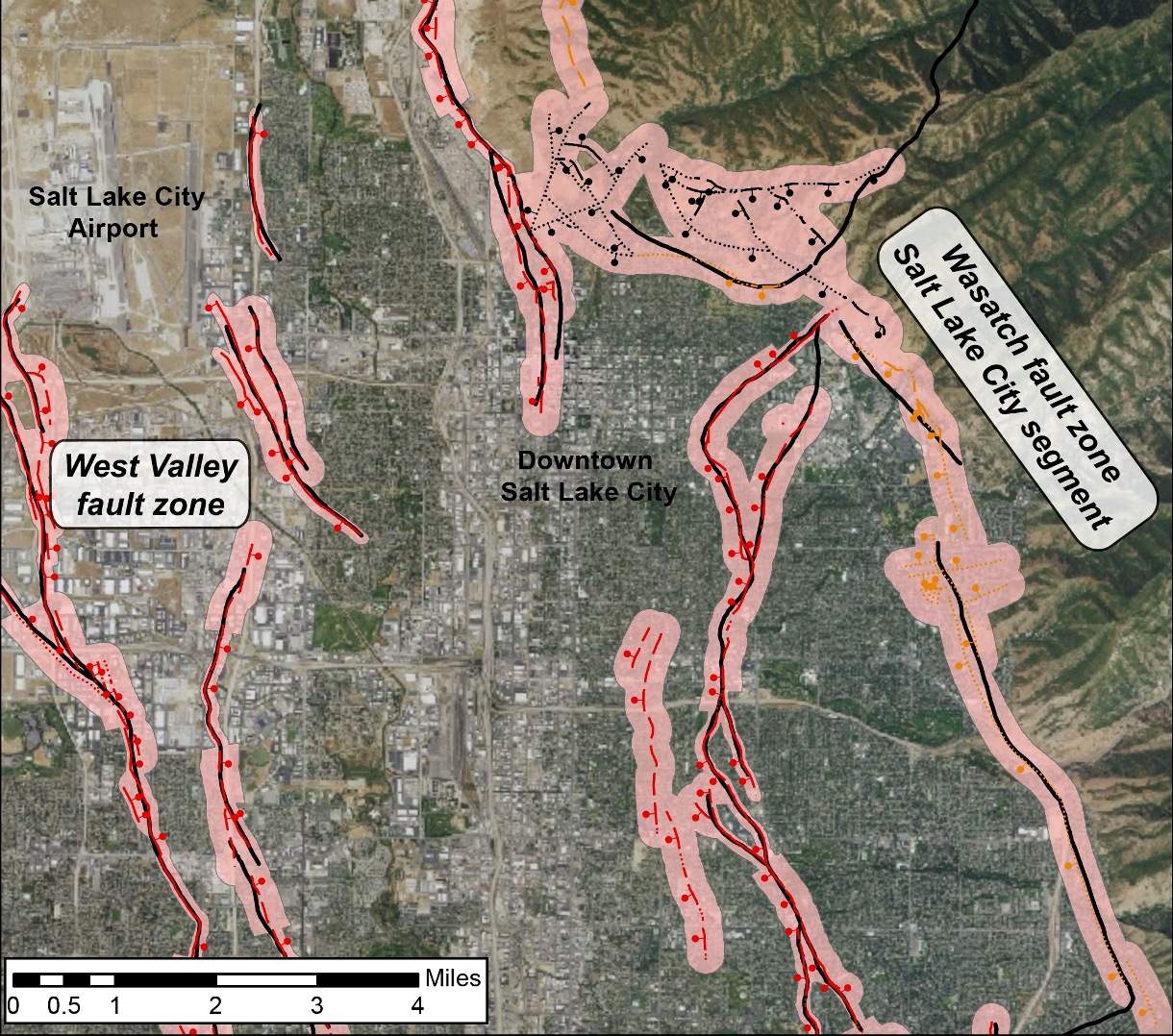Geological Context of the New Fault Line: New Fault Line In Wyoming

New fault line in wyoming – The new fault line is located in the western United States, in the state of Wyoming. The region is part of the Rocky Mountains, which are a series of mountain ranges that were formed by the collision of the North American and Pacific plates.
The area has a long history of seismic activity, with several large earthquakes having occurred in the past century. The most recent major earthquake in the area was the 1959 Hebgen Lake earthquake, which had a magnitude of 7.5 and caused significant damage.
The newly discovered fault line in Wyoming has sent ripples through the scientific community. Geologists are eager to study its implications, and Erica Wheeler , a renowned expert in the field, has already expressed her interest in joining the research team.
Her insights could prove invaluable in understanding the potential impact of this geological shift on the region.
Potential Causes of the Formation of the New Fault Line
There are several possible causes for the formation of the new fault line. One possibility is that it is a result of the ongoing collision between the North American and Pacific plates. As the plates continue to collide, the stress on the Earth’s crust increases, which can lead to the formation of new faults.
Amidst the geological intrigue of a newly discovered fault line in Wyoming, the buzz surrounding tonight’s fever game reverberates with an equal intensity. While the fault line’s implications for the region remain to be fully understood, it’s a reminder of the dynamic and ever-changing nature of our planet.
As the fever game tonight reaches its climax, we’re reminded that even in the most stable of environments, the ground beneath our feet can shift.
Another possibility is that the new fault line is a result of the movement of magma beneath the Earth’s surface. As magma moves, it can create pressure on the surrounding rocks, which can lead to the formation of new faults.
Impact on Local Communities and Infrastructure
The emergence of a new fault line in Wyoming poses significant risks to nearby communities and infrastructure. The potential for seismic activity along this fault raises concerns about the safety and well-being of residents, as well as the integrity of critical infrastructure.
Vulnerable Areas and Mitigation Strategies
Areas in close proximity to the fault line are particularly vulnerable to seismic activity. These include residential neighborhoods, commercial districts, and transportation networks. To mitigate the impact of future earthquakes, it is essential to implement comprehensive preparedness plans. This may involve seismic retrofitting of buildings, strengthening bridges and roadways, and establishing emergency response protocols.
Evacuation Routes and Emergency Shelters
In the event of an earthquake, it is crucial to have designated evacuation routes and emergency shelters in place. These measures will ensure that residents can evacuate affected areas quickly and safely. Emergency shelters should be equipped with essential supplies, including food, water, and medical assistance.
Public Education and Awareness, New fault line in wyoming
Public education and awareness campaigns play a vital role in preparing communities for the potential risks associated with the new fault line. Residents should be informed about earthquake preparedness measures, including evacuation procedures and the importance of securing their homes and businesses.
Scientific Implications and Future Research

The discovery of the new fault line in Wyoming presents a significant opportunity to advance our understanding of regional geology and seismic hazards. It offers a unique window into the Earth’s tectonic processes and provides valuable insights for future research and hazard assessment.
Understanding the characteristics and behavior of the fault line is crucial for evaluating its potential impact on the surrounding area. Detailed studies of the fault’s geometry, slip rate, and seismic history will help researchers determine its earthquake potential and develop more accurate hazard maps.
Research Opportunities
The new fault line offers a wealth of research opportunities for geologists and seismologists. By studying the fault’s structure, composition, and movement history, researchers can gain insights into the region’s tectonic evolution and the mechanisms responsible for fault formation and earthquake generation.
- Paleoseismic Investigations: Excavations and trenching along the fault can reveal evidence of past earthquakes, providing valuable information about the fault’s recurrence interval and magnitude.
- Geophysical Imaging: Seismic reflection and refraction surveys can provide detailed images of the fault’s geometry and subsurface structure, helping to identify potential earthquake sources.
- Geodetic Monitoring: Continuous GPS measurements and InSAR (Interferometric Synthetic Aperture Radar) data can track surface deformation associated with fault movement, providing insights into the fault’s current activity.
Implications for Earthquake Forecasting and Hazard Assessment
The presence of the new fault line has implications for earthquake forecasting and hazard assessment in the region. By incorporating data from the fault into existing seismic hazard models, researchers can refine estimates of earthquake probabilities and ground shaking intensities.
- Improved Seismic Hazard Maps: More accurate hazard maps can guide land-use planning, building codes, and emergency preparedness efforts, reducing the risk to communities and infrastructure.
- Earthquake Early Warning Systems: Real-time monitoring of the fault can provide early warning of impending earthquakes, giving residents precious seconds to take protective actions.
- Public Education and Outreach: Raising awareness about the new fault line and its potential hazards is essential for promoting preparedness and reducing the impact of future earthquakes.